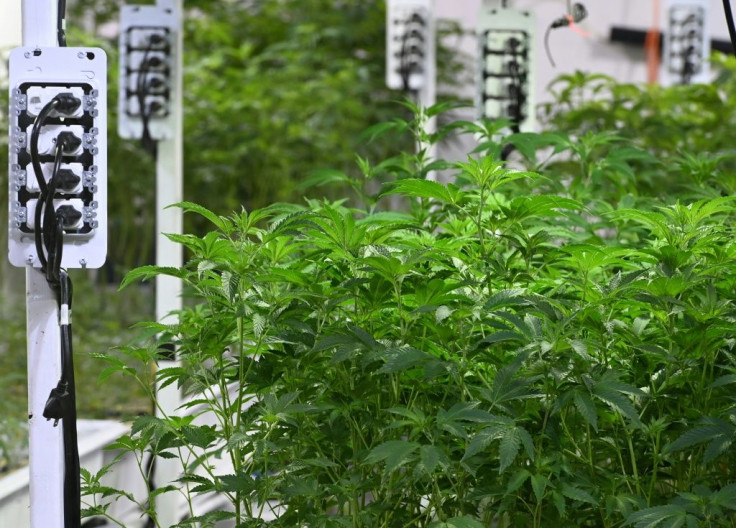Marijuana For Migraine: Here's How Cannabis Can Ease Pain
KEY POINTS
- Cannabis eases pain by changing how pain receptors work after entering the body, according to reports
- A study revealed that inhaled cannabis reduces headache severity by 47.3% and migraine severity by 49.6%
- Experts said more research is needed regarding using marijuana as treatment for migraines
Migraines and headaches appear to be inevitable parts of everyone's lives. They're tough to treat and come every so often, especially during stressful situations. If one's migraine can't be treated with over-the-counter or even prescription medications, some studies and experts have suggested turning to medical marijuana for help.
Marijuana helps ease pain by calming down pain signals in the brain, according to WebMD. Natural compounds found in cannabis called cannabinoids, once they enter the body, look for receptors in peripheral nerves that detect pain sensations and change how they work in order to ease the individual's pain.
Marijuana has been found to also be effective for nausea, anxiety and even muscle spasms.
As for its effectiveness in easing migraines, one study conducted by researchers at the University of Colorado School of Medicine revealed that marijuana appears to reduce the severity of attacks in some cases.
In the study, 121 people who got regular migraines used marijuana to prevent daily attacks. About 40% of them said the attacks they suffered each month were cut in half since they started using medical marijuana.
According to the results, medical marijuana appeared to be more effective when inhaled instead of taken orally. People who inhaled or smoked marijuana reported that it was easier to control the amount they took in and they had fewer negative reactions.
A study published in The Journal of Pain in 2019 revealed that inhaled cannabis reduces self-reported headache severity by 47.3% and migraine severity by 49.6%.
Carrie Cuttler, the study's lead author and a Washington State University assistant professor of psychology, and her colleagues said they saw no evidence that cannabis caused "overuse headache" while analyzing the Strainprint app archival data of nearly 2,000 patients. This sometimes occurs among those who use more conventional treatments that make patients' headaches worse over time.
However, the researchers found that patients used larger doses of cannabis over time. This appeared to indicate that they may be developing tolerance to the drug.
While there have been some studies conducted on using marijuana as a treatment for migraines, most experts concluded that more research is needed regarding this matter.
"My hope is that this research will motivate researchers to take on the difficult work of conducting placebo-controlled trials," said Cuttler. "In the meantime, this at least gives medical cannabis patients and their doctors a little more information about what they might expect from using cannabis to manage these conditions."
There are some known risks that come with taking marijuana. Smoking or eating cannabis can make one feel dizzy, confused, sleepy or moody, and smoking it regularly can take a toll on the lungs in the long run. But short-term use of the drug does not seem to affect general health, per WebMD.
Marijuana is legal for medical use in more than half of the states in the country, but each state differs in the ways cannabis is procured as well as the quantity a person is permitted to buy. Make sure to check state laws before trying out cannabis.

© Copyright IBTimes 2025. All rights reserved.





















